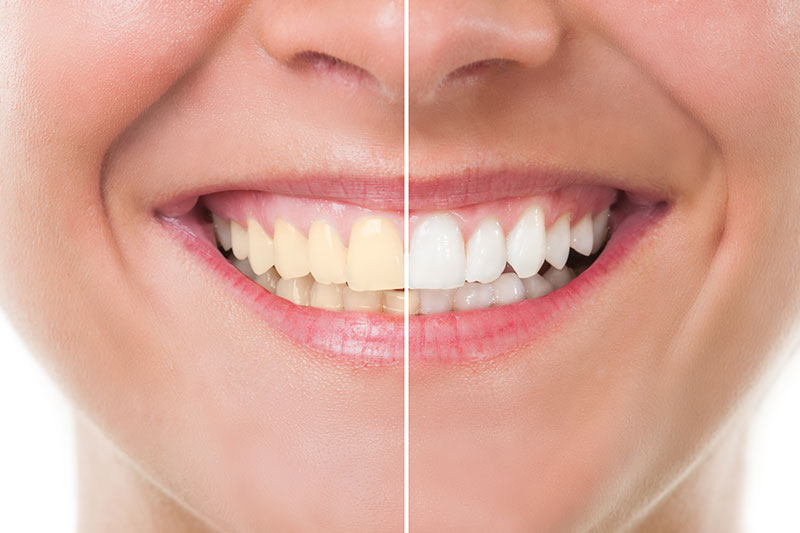Your Family Deserves the Best
-
Meet Dr. Vilard Odishoo
Our dentist, Dr. Vilard Odishoo, DDS, FICOI, is committed to providing passionate dental care for you and your family.
Dr. Odishoo -
Family Dentistry
We have experience providing care for family members of differing ages, ensuring our one location meets all of your family’s needs.
Family Dentistry -
Teeth Whitening
Teeth whitening performed in our dental office is guaranteed to whiten your teeth by at least a few shades.
Teeth Whitening
Quality Dental Care in San Jose
-
General Dentistry
We gladly offer dentistry services and oral hygiene assistance for the young ones and adults.
General Services. -
Cosmetic Dentistry
Cosmetic dentistry can give you that smile that when you look in the mirror, you are completely happy with what you see. Cosmetic Services
-
Dental Implants
Dental implants have had a considerable impact on modern dentistry, offering a highly viable solution for replacing missing teeth.
Dental Implants











